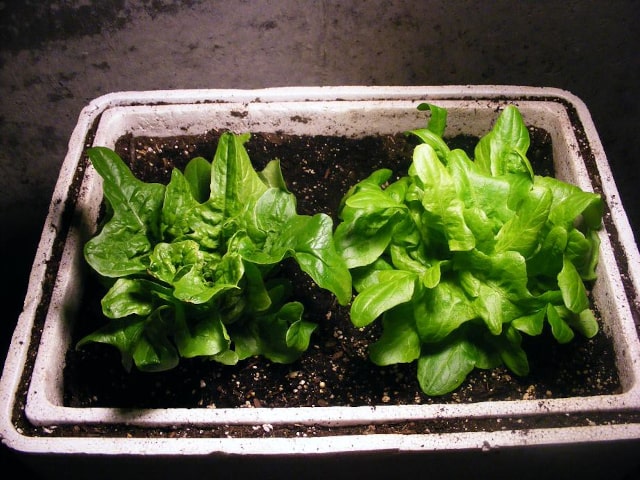
Those who wish to grow vegetables indoors have a wide range of options. It's even possible to grow some varieties in small pots and containers. All you need to do is to give them proper care throughout the whole year.
Growing vegetables indoors is a great choice for cold months or when weather is not suitable for plants to be grown outdoors. You can choose between a wide variety of vegetables that are suitable to be grown indoors.
You can start your vegetables from seeds or you may opt for seedlings from the garden center. Purchasing seedlings form a garden center will speed up the whole process and it eliminates the need to start from seeds. It's even possible to buy pre-made kits for growing vegetables. These kits include pots, plants and soil. No matter which method you choose to start your vegetables, it's important to provide them with proper care so they can grow strong and healthy.
Tips for Growing Vegetables Indoors
Here are some useful tips you should follow if you want to grow vegetables indoors with a great success:
- Pick the right size pot.
- Ensure proper drainage.
- Provide enough light.
- Make sure to fertilize.
Choose the Right Size Pot
One of the first things you need to pay attention to is to choose the pot of the right size. Your vegetables require to be planted in a container of an appropriate size. Before you purchase or choose a pot, make sure to consider both the diameter and depth. Some larger plants, like corn and tomatoes have bigger root systems. If you wish to grown them indoors, you need a large, wide pot about 24 inches deep. Some other plants, like herbs, lettuce and radishes can be grown in smaller containers because they have smaller and weaker roots. These plants can grow even in small, shallow containers. Medium sized plants, such as peppers, require pots that are about 18 inches in diameter and 16 inches deep.
Proper Drainage
Drainage is very important for vegetables. It doesn't really matter what your pots and containers are made from. You may use clay, plastic or even aluminum containers. It's important to make sure there are drainage holes in the bottoms. Generally speaking, a few smaller holes work better than one large one.
Drainage is crucial because otherwise, your plants' roots may become waterlogged. This will make the root system rot and your plant will die. For this reason, you need to make sure that the excess water is successfully drained out of the pot. It's also important that the drained water doesn't "sit" underneath the plant because it can bring more problems.
Providing Enough Light
Another thing you need to pay attention to is to provide enough light to your plants. Since you keep your vegetables indoors, they may not have full access to natural light. It's therefore the best to place them in a sunny room or in a window. Another good thing is to use electronic indoor grow lights. They are an excellent replacement for natural sunlight.
If you are not sure how much sunlight your vegetables need, consult the growing instructions on the seed packaging or small cards that come with seedlings. These will contain specific information about the amount of light your vegetables need.
Make Sure to Fertilize
Soil used indoors is slightly different than the soil outdoors. This fact, combined with the lack of natural sunlight, can often result in your vegetables not getting all nutrients they need if you grow them indoors. You can easily make up for this lack of elements and minerals if you use a good fertilizer.
You may choose an organic fertilizer or a chemical and water soluble one. Make sure to pick a fertilizer specially made for indoor vegetable gardens. These fertilizers contain necessary nutrients and by using them you will ensure that your vegetables grow strong and healthy.
Photo credit: Andrew Perkins
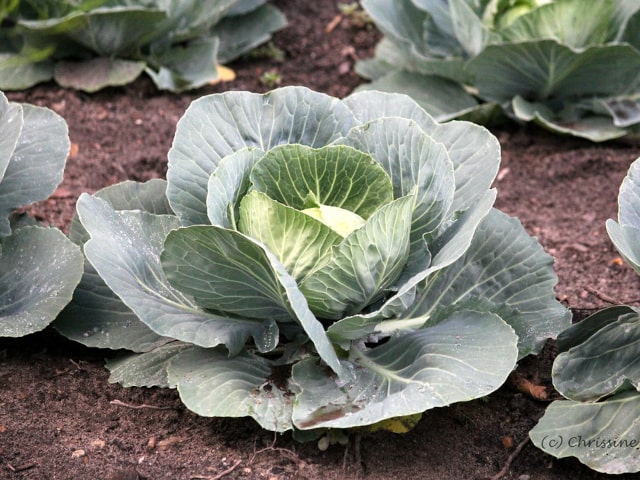
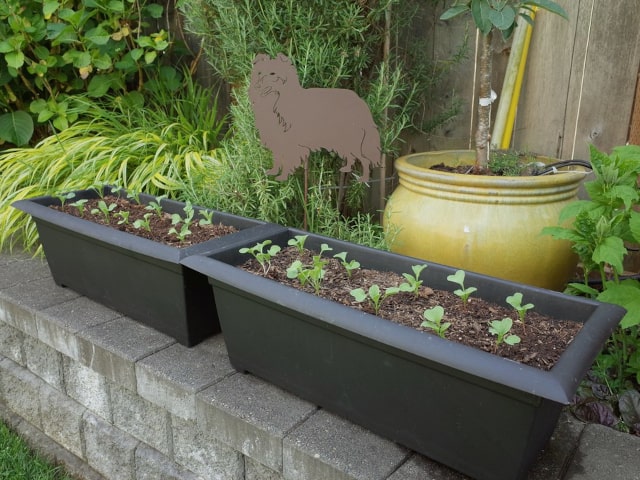
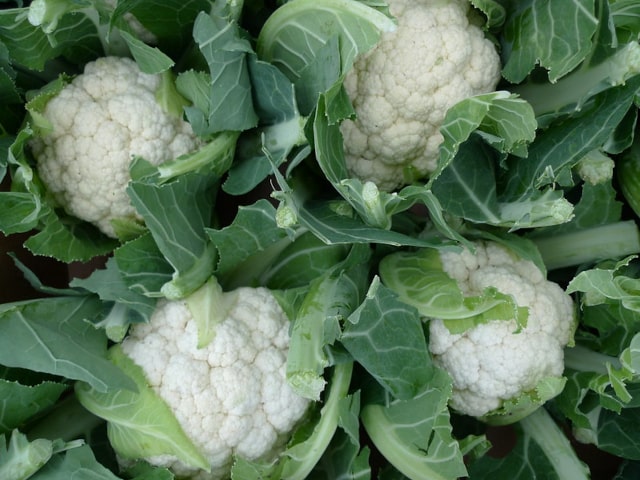
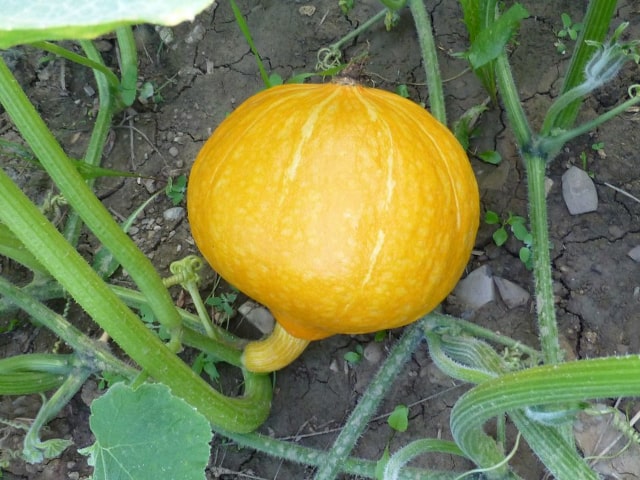
0 Comments